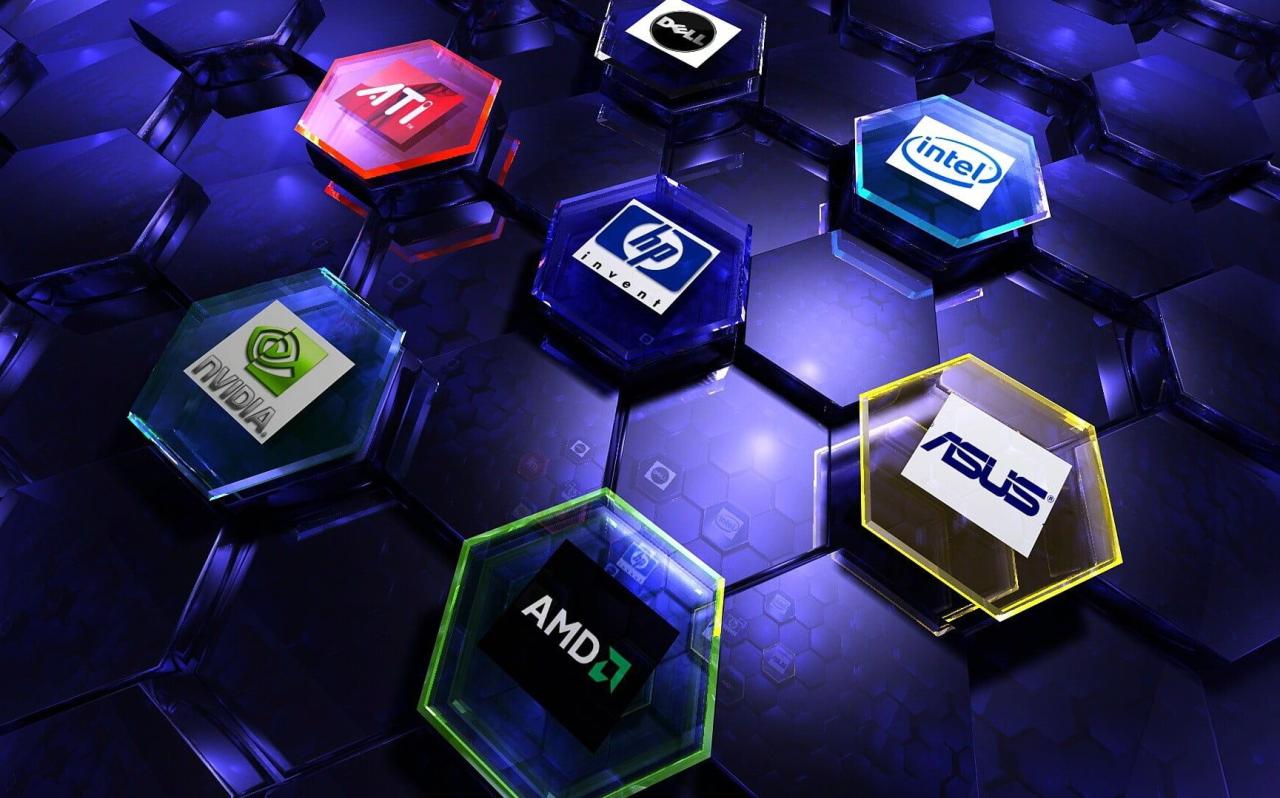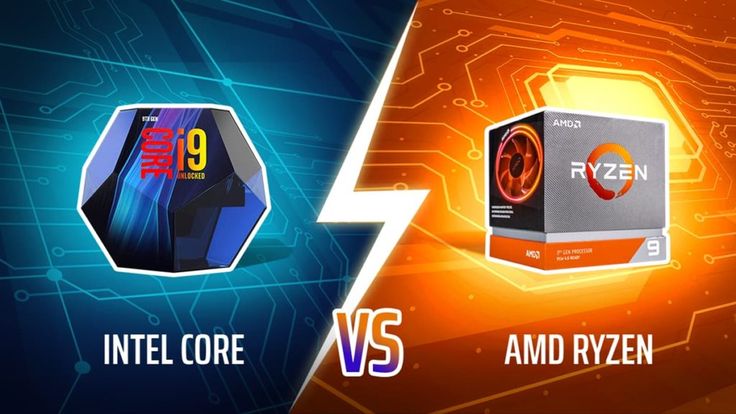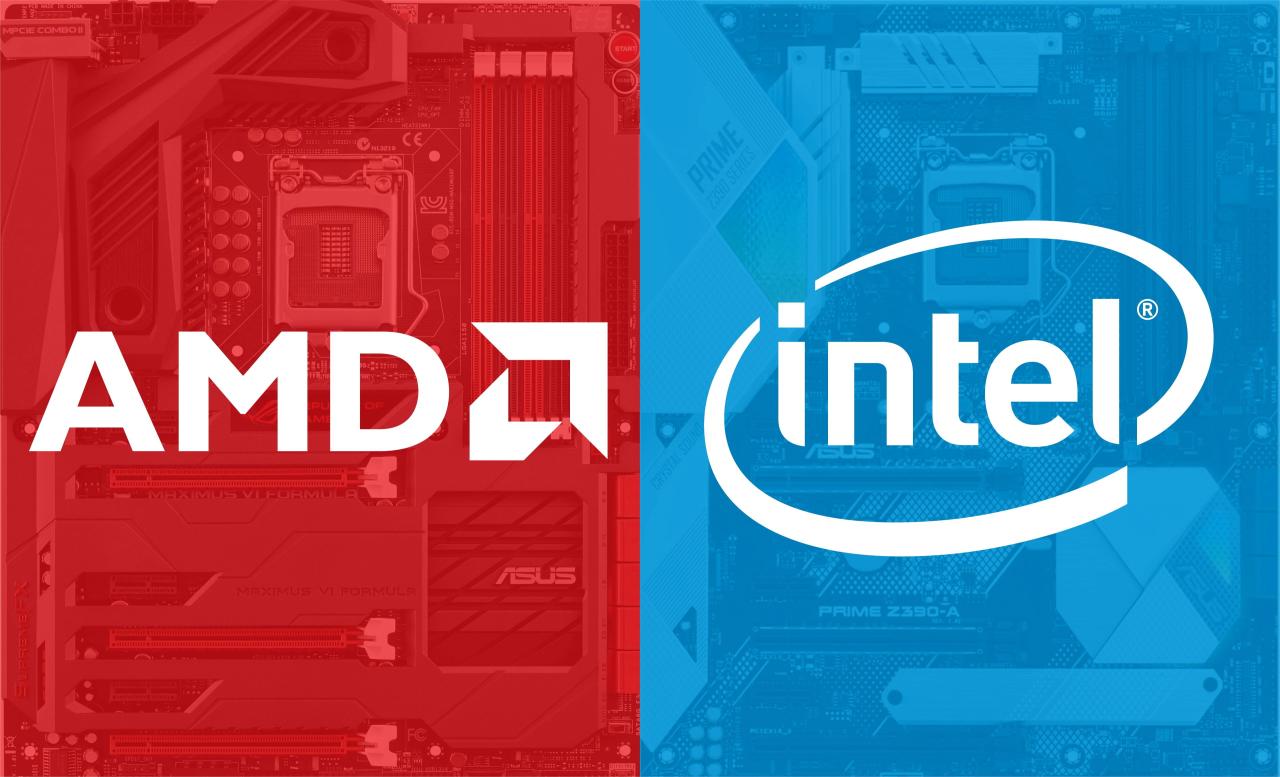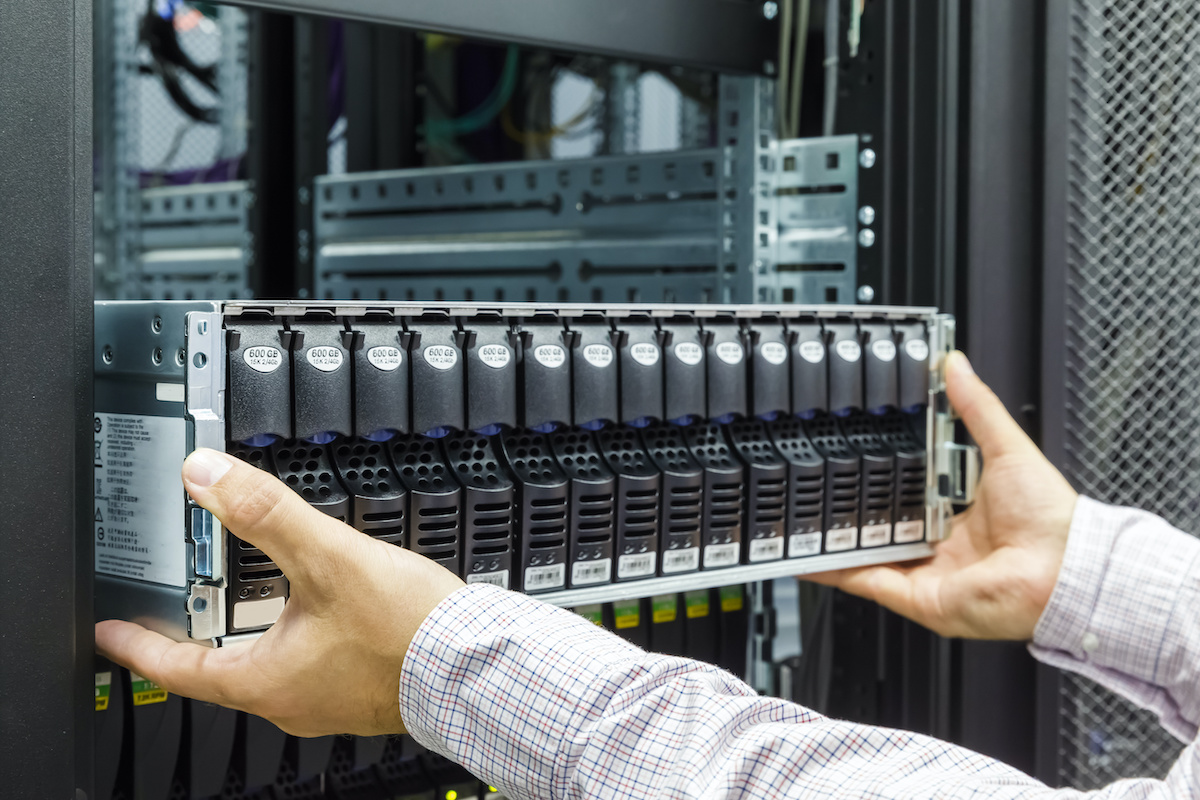In the fast-moving world of server hardware, chiplet-based architectures are reshaping competition. For many years, AMD and Intel dominated the server CPU space using mostly monolithic dies — large single silicon chips that include all components on one piece of silicon. Now, chiplet technology, which pieces together smaller independent dies (chiplets), is giving rivals new ways to compete on performance, cost, power efficiency, and modularity.
This article examines how chiplet servers are becoming a serious rival to the traditional monolithic server CPUs from AMD and Intel. We’ll discuss what chiplets are, how the major companies are using them, the benefits and challenges, the market dynamics, and what to expect going forward.
What Are Chiplets?
Chiplet design refers to building a larger processor by combining multiple smaller dies, each optimized for a specific function, instead of one huge monolithic die.
A. Definition and Architecture
-
A chiplet is a smaller module/die that performs a specific function (compute cores, I/O, cache, memory, accelerators).
-
These chiplets are connected via high-speed interconnects, which may be through interposers, embedded bridges, 2.5D or 3D packaging techniques.
B. Why the Shift from Monolithic Dies
-
As process nodes shrink, making very large dies becomes expensive, yield-difficult, and risky: a defect in one region of a large monolithic die can render the entire chip unusable.
-
Chiplets allow reuse of certain die elements, mixing process technologies, and isolating defective portions without scrap of an entire chip.
C. Key Technologies Enabling Chiplets
-
Standards like UCIe (Universal Chiplet Interconnect Express) help ensure interoperable inter-chiplet communication.
-
Manufacturing and packaging innovations such as Intel’s Foveros, EMIB, and AMD’s chiplet I/O dies.
-
Modular AI-aware chiplets, RISC-V or Arm cores, and specialized accelerators.
How AMD and Intel Are Using Chiplets
Both AMD and Intel have adopted chiplet-based designs in recent server CPUs and accelerators, though each approaches it differently.
A. AMD’s Strategy
-
AMD popularized chiplet designs in consumer markets with Ryzen, then in servers with EPYC, using multiple compute chiplets plus a centralized I/O chiplet. This design enables higher core counts, lower manufacturing cost per core, and better scalability.
-
AMD’s MI300 (Instinct) series and future AI server offerings are using chiplet strategies to combine compute, memory, and I/O in modular fashion.
B. Intel’s Strategy
-
Intel’s server chips like Sapphire Rapids are beginning to adopt chiplet-style designs. For example, processors are using modular tiles, multiple dies, shared I/O, and adopting interconnect technologies that allow chiplets to communicate efficiently.
-
Intel also uses technologies like EMIB and Foveros to stack or pack different chiplets tailored for performance, power, and I/O needs.
C. Emerging Rivals and New Entrants
-
Companies outside of AMD and Intel are exploring chiplet server CPUs. For instance, Socionext (Japan) has developed a 32-core server chiplet using advanced process nodes.
-
x86 challengers like Zhaoxin’s KH-50000 CPU also use chiplet architectures to compete in server markets with designs similar in layout to AMD EPYC.
Benefits of Chiplet Servers Over Monolithic Designs
Switching to chiplet-based server architectures offers multiple advantages which are making them viable rivals to AMD and Intel’s traditional servers.
A. Cost Efficiency and Yield Improvements
-
Smaller chiplets have higher yields in manufacturing, since defects in one chiplet don’t ruin the entire chip.
-
Companies can mix and match manufacturing nodes: compute logic on advanced node (for performance), I/O or memory controllers on more mature, cheaper nodes.
B. Scalability and Flexibility
-
Chiplets enable different configurations: more compute chiplets for high-performance workloads, or more I/O/accelerator chiplets for specialized tasks.
-
Upgradability: in some designs, chiplets can be swapped or added without replacing entire processor architecture.
C. Performance & Power Optimization
-
Combining chiplets allows design optimization: balance between power consumption and performance, because sections of the processor that need high frequency or special acceleration can be tailored.
-
Better thermal management, because heat dissipation can be distributed across chiplets.
D. Faster Innovation Cycles
-
New process nodes or accelerators can be integrated via chiplet without redesigning the whole monolithic die.
-
Faster time to market, since parts of the chip design can reuse existing chiplet blocks.
Challenges & Limitations
While chiplet servers are promising, there are hurdles and trade-offs to overcome.
A. Interconnect Overhead & Latency
-
Communication between chiplets must be fast and reliable. Interconnect latency, bandwidth, and coherence can become bottlenecks.
-
Standards such as UCIe are addressing this, but practical implementations need careful design.
B. Design and Integration Complexity
-
Designing multiple dies, packaging them together, and ensuring thermal, power, and signal integrity is more complex than monolithic single-die design.
-
More verification and validation is needed, which can increase design cost.
C. Cost of Packaging & Infrastructure
-
While dies may be cheaper, advanced packaging technologies (e.g., 2.5D/3D interposers, high-density interconnects) add cost.
-
Power supply, cooling, and board design need to handle the modular structure—sometimes offsetting cost savings.
D. Standardization Issues
-
Without widespread adoption of open standards, chiplet interconnects may remain proprietary, creating vendor lock-in.
-
Compatibility across chiplets from different vendors is still a work in progress.
E. Reliability & Testing
-
More components (chiplets) mean more potential failure points. Ensuring long-term reliability under load and in data center conditions is crucial.
-
Testing methodologies need to account for interactions across chiplets, which can be complex.

Market Dynamics and Competitive Landscape
The rise of chiplet servers is not happening in isolation; market forces, customer demand, and competitive pressure are accelerating this shift.
A. AMD Gains Market Share
-
AMD’s EPYC processors have steadily captured server CPU market share from Intel. Intel’s share dropped while AMD’s rose significantly over recent years.
-
Part of AMD’s success is due to its efficient chiplet architecture, offering high core counts and good performance per watt.
B. Intel’s Response
-
Intel is responding with its own chiplet-friendly designs, emphasizing modular architectures, improved interconnects, and different dies for specialized functions (I/O, accelerators, etc.).
-
Server platforms like Emerald Rapids are pushing higher core counts, more cache, and improved bandwidth.
C. Rising Interest from Other Players
-
Emerging chip designers (like in Asia, Japan, China) are developing server chiplets to challenge AMD/Intel dominance.
-
Investment in open chiplet standards, modular AI accelerators, and advanced process node usage is increasing.
Real-World Examples & Case Studies
Here are some concrete cases showing how chiplet servers are already challenging AMD and Intel.
A. AMD Helios AI Server
-
AMD recently announced its Helios server (2026) built using its MI400 series chips. Helios will hold ~72 of these chips per server unit, positioning it directly against Nvidia’s high-end servers and implicitly challenging Intel’s server portfolio.
B. Intel’s Dual-Chiplet Data-Center CPU
-
Intel’s Emerald Rapids CPUs use paired chiplets (e.g., two 32-core tiles) connected via advanced interconnects. These CPUs increase server cache size, improve memory/DRAM controller bandwidth, and support modern connectivity standards like PCIe Gen 5, CXL, etc.
C. Socionext’s 32-Core 2nm Server Chiplet
-
Socionext, a Japanese semiconductor firm, built a proof-of-concept 32-core server chiplet using TSMC’s advanced 2nm process. It targets cloud datacenters, edge servers, and data processing units. This demonstrates how chiplet tech is enabling regional players to compete.
What This Means for Data Centers & Enterprise Users
As chiplet servers become more common, data center operators, cloud providers, and enterprises will experience both opportunities and challenges.
A. Lower Total Cost of Ownership (TCO)
-
With improved yields and modular upgrade options, cost per core/workload should decline.
-
Ability to refresh only parts (chiplets) rather than replacing entire CPUs may reduce capital expenditure.
B. Higher Performance Density
-
Chiplet architectures allow packing more compute or accelerators in compact server designs.
-
More cache and fast interconnects reduce latency across cores and improve real-time performance.
C. Energy Efficiency and Cooling
-
Distributed heat generation across chiplets can improve thermal management.
-
Using optimal process nodes per chiplet can reduce energy demands for non-compute parts.
D. Flexibility in Workload Optimization
-
Enterprises can tailor server configurations: more I/O chiplets for data traffic; more accelerator chiplets for AI/ML; more general compute chiplets for virtualization.
E. Upgrading & Future-Proofing
-
Modular chiplet designs can make upgrades easier: adding new technology chiplets, swapping in improved accelerators, etc.
-
Compatibility and open interconnect standards will be important for easy integration.

Predictions & What to Watch For
Looking ahead, several trends are likely to shape how chiplet servers compete with AMD and Intel in the next few years.
A. Widespread Adoption of Open Standards
-
Standard interconnects like UCIe will become more mature. Industry collaboration will grow, enabling third-party chiplets and ensuring interoperability.
B. Advances in Packaging & Interconnect Technologies
-
More sophisticated 2.5D and 3D packaging; improvements in bandwidth and reduction of inter-chiplet latency.
-
Innovations in thermal solutions and power delivery for densely packed chiplet modules.
C. Geopolitical & Regional Manufacturing Shifts
-
With global demand, regional fabs (e.g., in Asia, Japan, Korea) will push chiplet server projects to reduce supply chain dependencies.
-
Trade policies may influence where chiplets are produced and assembled.
D. AI, HPC Demands Driving Custom Chiplets
-
Data center demand for AI training and inference will push for custom accelerators (tensor cores, matrix engines) integrated via chiplets.
-
HPC workloads like simulations, scientific computing will benefit from heterogeneous chiplet designs.
E. Monolithic Dies Still in Play for Certain Use Cases
-
For some applications, monolithic design may still be preferred (e.g., simpler workloads, lower latency needs, small-volume custom chips).
-
But even here, chiplets may erode those niches over time.
Conclusion
Chiplet servers are no longer speculative; they are rapidly becoming a practical reality that rivals AMD and Intel’s dominance in the server CPU market. Through modular architectures, open interconnect standards, improved manufacturing yields, and higher flexibility, chiplet designs are delivering competitive performance, better power efficiency, and lower costs.
While challenges remain — interconnect latency, packaging complexity, power delivery, and standardization — the momentum is clear. Enterprises that adopt chiplet servers may benefit from more customizable hardware, future upgrade paths, and potentially lower TCO.
AMD, Intel, and newer entrants are pushing the technology forward. What once was a daring alternative to monolithic server CPUs is now becoming the mainstream. Chiplet servers are closing the gap, and in many respects challenging AMD and Intel on their traditional turf.
The next few years will be critical: open standards, packaging innovations, and regional manufacturing capacities will determine who leads. But one thing is certain—chiplets are redefining the server landscape, and the future is modular.













